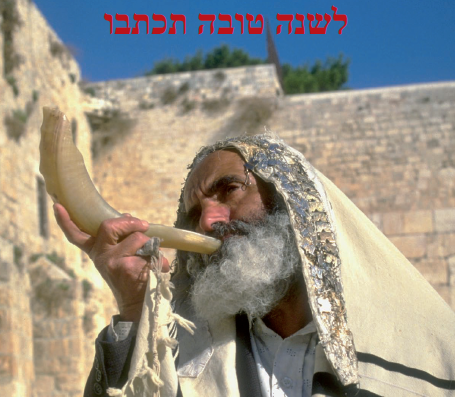The Festival of Succot: Joy and Fragility
Dear friends,
Sukkot, the Feast of Tabernacles, in which we remember the salvation of the Jewish People at the mercy of the elements in Sinai and our 40-year journey from Egypt to the Land of Israel, is also referred to as HeHag[1], TheFestival, to emphasize its especially joyful and festive character. We are specifically commanded by the Divine to delight in this Festival. God unequivocally tells us, “Ve’Samach’ta be’Chage’cha” – “And you shall rejoice in your festival”[2], as important a mitzvah as constructing the Succah[3] – a flimsy and temporary mini-cabin with natural light passing between the flimsy branches that form its roof.
These two orders, to rejoice in this “Feast of Joy par excellence”, and tobuild a Succah, seem contradictory. On one hand, we have the imperative of celebration, the feast, the way towards joy and happiness. On the other, we we are ordered to raise a Succah, a symbol of fragility in itself and in ourselves – exposed within it to the vagaries of the climate (in Israel, this often means rain). This symbol demands our own sensitivity to those who are weak, who need our help – in all ranges of human fragility: poor and impoverished, sick, abandoned, hurt, and more. How should we reconcile these two imperatives of Succot, the demand for joy and the demand for sensitivity?
The joy of Succot is a collective, popular, national joy. Even though the Torah imperative is given in the singular voice “Ve’Samach’ta be’Chage’cha” – “And you (a singular person) shall rejoice in your festival”,the practice of Succot is collective. This therefore demands that one should not take care only of his or her personal joy and happiness, but also of the general joy and happiness – of our family, our people, our community. Succot seems to say to us: “The pursuit of personal happiness independent of the happiness of those around us is a selfish pursuit that does not lead to the desired results. True happiness is a group patrimony. You must give access to happiness of those around you. If they suffer, living in ‘the fragile Succah’, in pain and sorrow, your personal happiness may be simple frivolity.”
Unlike hedonism, Judaism intimately links happiness with goodness. Someone is happy when s/he brings goodness to others; they enjoy that goodness together. Happiness transcends the field of aesthetics to enter the field of ethics. That is perhaps the dialogue between demanding joyand demanding empathy in Succot. In the action of goodness, both are one. This is the General Goodness: goodness in societies, communities and families where we live, which we serve; goodness that brings happiness to those who are important to us.
May God grant us the opportunity to celebrate the profound bliss of another joyful Succot, full of song and dance, with our families and communities.
May God grant us wisdom to know the difference between our reasons for authentic, and vain, futile, and transient things devoid of genuine value.
May God guide us to understand that happiness is possible only when it is shared by others, in a chain of mutual responsibility directed towards Goodness.
May we have a Chag with true joy.
With best wishes,
Chag Succot Sameach!
Chazak ve’ematz!
RABBI CARLOS TAPIERO
Deputy Director-General &
Director of Education















